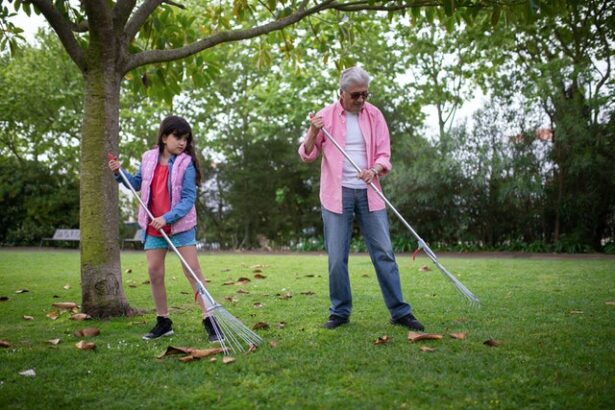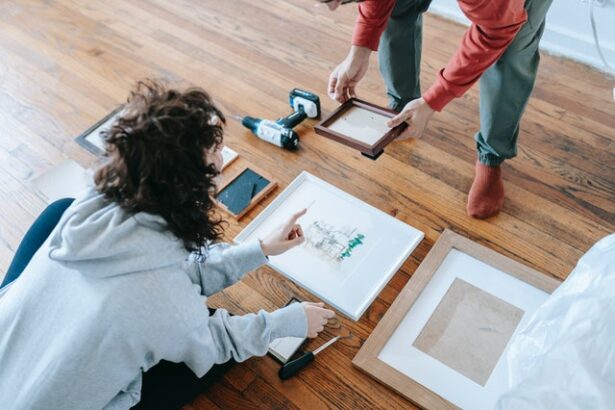
There was a time when cryptocurrency was cryptic (pause for laughs and applause…continue), but now it is widely known and seems to be here to stay. It caught the attention of many an investor. It offered a way of making a good profit. However, as more people have started to take notice, there is a question that begs to be answered. What can you buy with cryptocurrency? In December 2017, a house in Essex was bought for 63 coins. Read that sentence again and imagine reading it back in 2008. There’s no reason why you couldn’t, now, buy a lovely property in Seattle in the same manner. The question is not can a place be purchased with cryptocurrency, but rather, how to buy a house with cryptocurrency? There are advantages and pitfalls, as there always are with these things, so let’s look at how it all works.
Before We Jump In
It could be wise to start with a quick recap of what cryptocurrency is. In essence, it is a payment system that aims to circumvent the need for a central bank or any other form of a third party. The idea is that crypto can be exchanged for goods and services just as readily as fiat money. We are not there yet, as many vendors have reservations about using such currency, but it looks like we are getting there. If you’ve heard of one type of cryptocurrency, you’ve heard of Bitcoin. There are others, of course, such as Ethereum, Dogecoin, and Litecoin. They are virtual currencies, and, as we have established, the real estate industry has sat up and is starting to notice it.

Pros and Cons
As you can imagine, every type of payment has its advantages and drawbacks. To fully understand what you can do with your cryptocurrency, you need to understand what such transactions entail. Wouldn’t it be great if somebody took the time to serve up these pros and cons in the form of an easy-to-digest bullet point list?
Pros
- Out with the volatile and in with the stable – Cryptocurrency is prone to daily fluctuations. The reason people get into real estate is that it offers a safer investment. Over time you can expect the value of your property to appreciate. If you’ve made good gains in the cryptocurrency game, it could be prudent to invest it in something more stable now as you think towards the future.
- Time is money- I have written many articles about buying and selling homes, and I feel like the most space in each of them is taken up by the whole buying/selling process. There are a lot of steps—a lot of places where things can go wrong. Using cryptocurrency, just like bringing an all-cash offer to the table, can speed up the whole transaction.
- Discount? Well, maybe- This depends on the seller. If they are interested in obtaining virtual currencies, they may find your offer more enticing.

Cons
- The other side of the bitcoin (pause for laughter and applause again and… continue) – The sellers also know that cryptocurrencies are volatile. If they are risk-averse, your offer will fall to the bottom of the pile.
- Crypto what – The other problem is that many sellers will not know what you are offering them. Finding somebody interested in such a transaction is still a tricky prospect. However, the signs are there that this will change over time.
Let’s Start With the Obvious
Now that we know what to look out for, it’s time to look at how to buy a house with cryptocurrency. They say it’s better to start with the simplest ones first. Therefore, let’s start with actual cash. The easiest option is to convert your cryptocurrency into fiat money. Be sure to find a reliable real estate broker to help with the further steps once that is done.A couple of caveats here. Firstly, the money needs to stay in your bank account for at least a couple of months to be considered an asset. Secondly, this asset could be subject to capital gains tax, so get your financial advisor on the phone.

Let’s Move on to the Slightly Less Obvious
As opposed to direct conversion, some companies will happily accept cryptocurrency as collateral to get a loan in fiat money. The same disadvantages are in play, though. The IRS could notice such a substantial amount of money appearing in your bank account. Furthermore, as you can imagine, the interest rates involved are higher than what you would get with a standard mortgage.
Direct Could Be the Best
There is an obvious way around the problems mentioned above. The new issue is that the answer is rare and still hard to come by. If you can find a seller interested in cryptocurrencies (they are out there, and there will be more and more), then a direct transfer of the crypto to the seller is the best bet. In the eyes of some sellers, your offer will be the shiny one that stands out from the pile if they are looking to acquire Bitcoins and such.
An Important Caveat
Assuming you have found a seller who is willing to accept cryptocurrency, the transaction is more than possible. However, while the home purchase may be made in crypto, some other expenses have to be dealt in good, old-fashioned real money. These include title and escrow fees, prepaid, and closing costs.
Although the most significant part will be paid with crypto, there will always be a portion of the transaction that must be made with liquid funds in U.S. dollars. This is typically between 4-8% of the purchase price.
Once the Deal is Done
Hopefully, one of the above methods will let you acquire that dream home. Once that is done, it could be time to move from a decentralized payment method to a more centralized database. What do I mean? It’s time to move to your new home, and for that, you will need a reliable moving company. To find one and make a good decision, you should check the top sites for business reviews that have all the info you will need neatly stored in one place. Here you can read up on feedback from other users to make an informed decision.
The Future Is Here
There you have it, how to buy a house with cryptocurrency! For any other questions, whether you are a buyer or a seller, you know who to contact for the most reliable info. The times are constantly changing; it’s in their nature. Cryptocurrency is here to stay, and with each passing year, we can expect it to be more and more common. At the moment, it may seem cool and even avant-garde to purchase a home with Bitcoins, but this could be commonplace in the not-so-distant future. It pays to know how to pay (final pause for a roaring round of applause sure to follow that comment… and continue) with your cryptocurrency!









